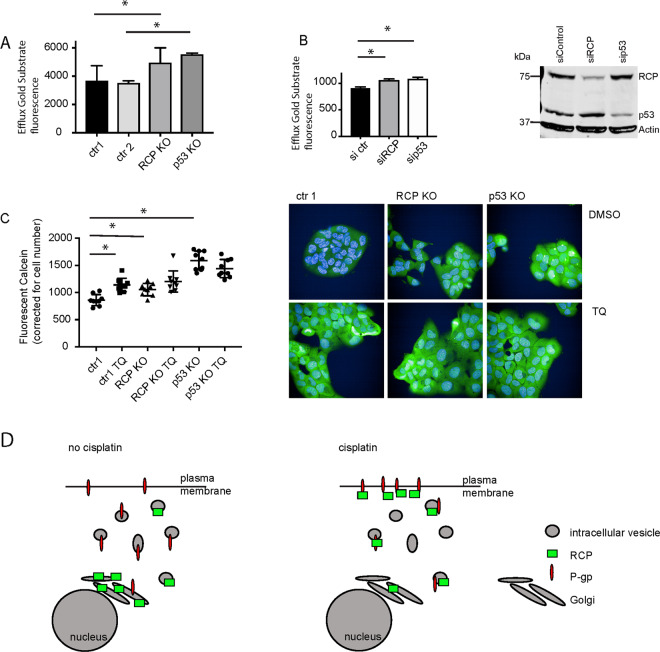Fig. 6. Mutant p53 promotes drug efflux by P-gp.
A P-gp export function was determined by EFFLUX-ID Gold in A431 ctr1, ctr2, RCP KO and p53 KO cells. Statistical differences were measured using a paired t-test. ctr1 vs RCP KO, P = 0.0218, ctr2 vs p53 KO, P = 0.006, two-sided. Error bars indicate SD of three independent experiments. B HCT116 248W/- cells were transfected with 150 pmol of ctr siRNA, siRCP or sip53 for 48 h, followed by EFLUXX-ID Gold assay. Knockdown was confirmed using western blot to detect RCP and p53. Actin was used as loading control. Statistical differences were measured using a one-way ANOVA, sictr vs siRCP P = 0.0025, sictr vs sip53 P = 0.0009, two-sided. Error bars indicate SD of average values of three independent experiments. C Box and whiskers plot showing the calcein AM retention in A431 ctr1, RCP KO and p53 KO cells in response to 0.5 μM Tariquidar (TQ). Individual values of three experiments (three technical repeats) are indicated with error bars representing SD. Statistical differences were measured using one-way ANOVA with multiple testing (two-sided). P-values are indicated in Supplemental Table 9 for all conditions. Example images of fluorescent calcein are shown on the right. D Schematic model of RCP function in mutant p53 cells in response to cisplatin. In the absence of cisplatin RCP resides in the endocytic recycling complex (ERC) and P-gp is dispersed over various intracellular vesicles. In response to cisplatin, RCP and P-gp relocalised to the plasma membrane in an RCP-dependent manner to facilitate drug efflux.

